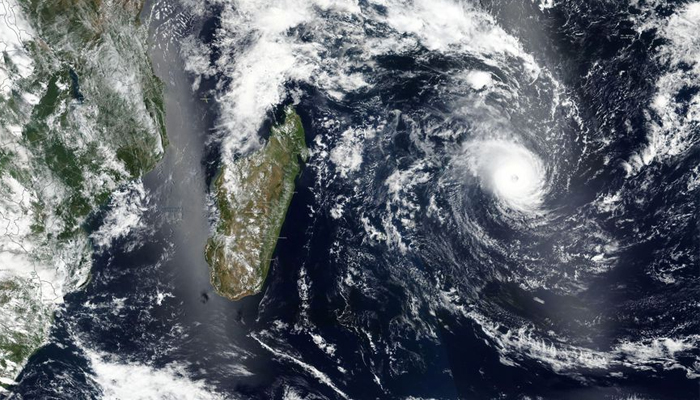Cyclone 'in the making' could hit Karachi
Cyclone in Arabian Sea will be named "Biparjoy", suggested by Bangladesh, which means "destruction"
June 05, 2023

A cyclonic circulation is likely to develop in the Arabian Sea due to a low-pressure system present in the sea which is expected to affect Pakistan's coastal belt including Karachi, weather expert Jawad Memon said on Monday.
As per Memon, the low-pressure system can intensify and turn into a cyclone between June 10 and 11, posing a possible threat to the coastal belt of Sindh, Balochistan, Gujarat (India) and Oman.
He said that the potential cyclone will be named "Biparjoy", suggested by Bangladesh, which means "destruction".
Formation of cyclones in the Arabian Sea is not a rare occurrence as such a situation arises almost every year and sometimes multiple times in a year. The past cyclones have not directly hit Pakistan and caused damage in recent years as they lose intensity by the time they reach the coast.
However, it is a fact that tropical cyclones are nature's most destructive weather phenomena, capable of causing widespread devastation and loss of life. As there is a risk of a cyclone, it is essential to grasp the fundamentals of tropical cyclones and the associated perilous storm surges.
Here are the key insights into these dangerous forces of nature and examine their potential consequences.
What are tropical cyclones?
Originating over warm tropical waters, tropical cyclones are intense low-pressure systems characterised by powerful winds near their centre. These winds can extend for hundreds of kilometres, leading to heavy rainfall, flooding, and extensive damage to property and infrastructure.











